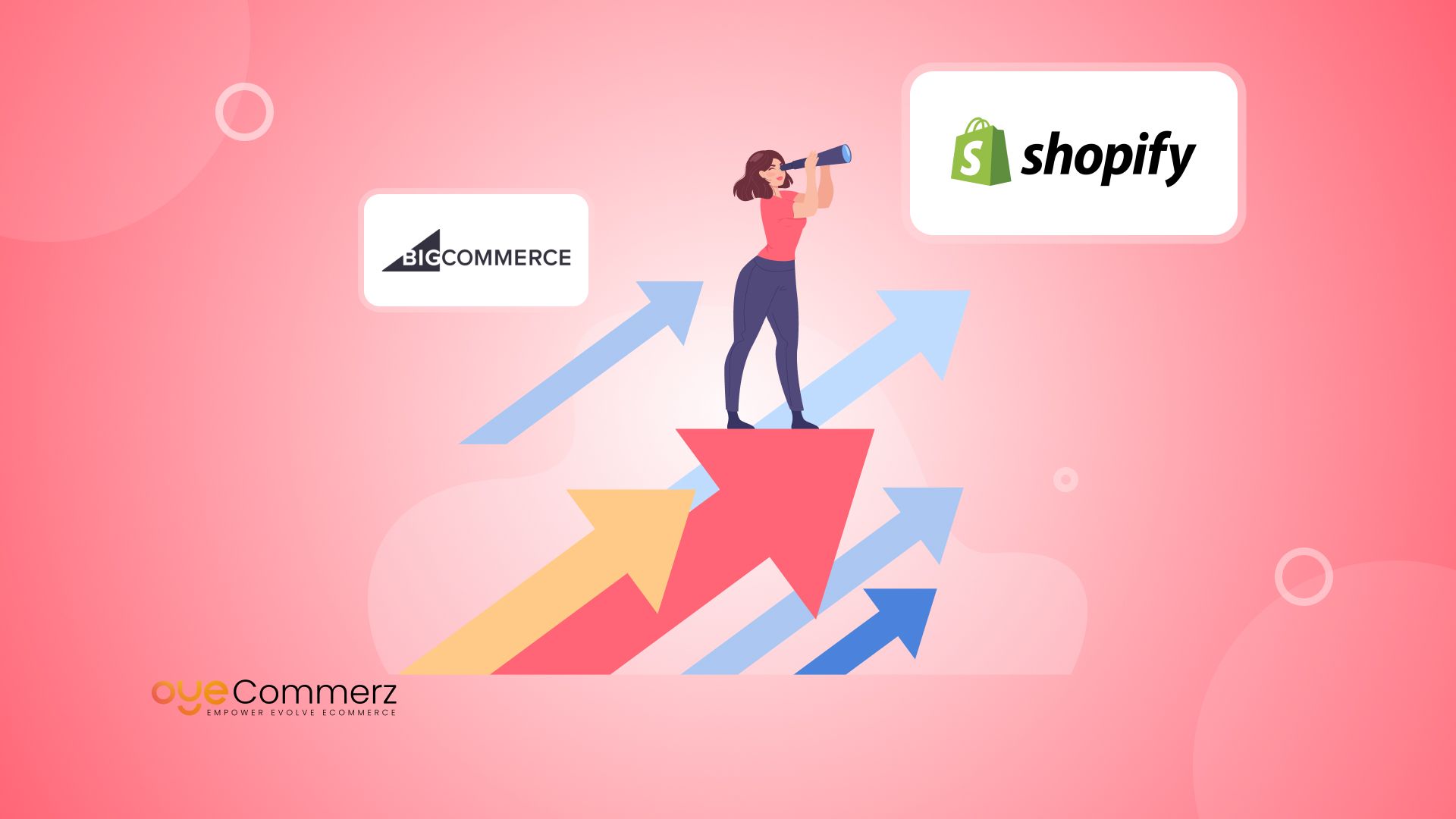Overview
As e-commerce evolves, platforms like Shopify are redefining the way companies handle their digital storefronts. For many, transitioning from Squarespace to Shopify is an opportunity to enhance performance, scalability, and user experience. Switching platforms offers powerful features, unmatched flexibility, and features designed for growing businesses. In this article, we’ll explore why businesses are making the switch, unpack the challenges, and highlight how seamless migration services can drive growth.
Why Consider Migrating from Squarespace to Shopify?
While Squarespace, though beginner-friendly, has drawbacks in scalability, SEO optimization, and customization options. Shopify, on the other hand, stands out with its powerful e-commerce capabilities, featuring advanced SEO setups, multi-currency support, and integration with crucial apps.
Real data insights emphasize Shopify’s dominance: it powers over 4 million websites globally, providing tools designed for businesses looking to scale. In contrast, Squarespace's limited compatibility and constrained payment options can stifle growth as online retail needs expand.
Seamless Migration Services: A Game-Changer
Transitioning between platforms can be overwhelming, but professional migration services simplify the process. With data integrity, security protocols, and structured timelines, businesses can transition without losing critical information or operational hiccups. Services typically include:
- Precise Data Transfer: Ensuring accurate transfer of product information, customer data, and order histories.
- Custom Functionality: Adapting your store design and features to match Shopify's advanced capabilities.
- Maintaining SEO: Preserving rankings through URL redirects, metadata transfer, and structured data setups.
Preserving Data Integrity and Security
Information is the backbone of e-commerce, and its protection during migration is paramount. Industry-standard protocols, such as encrypted data transfers and role-based access control, safeguard critical business data like customer accounts, payment details, and order histories. Expert assistance offer backup and recovery options, ensuring no data is lost during the transition.
Enhancing UX through Shopify’s Features
Shopify’s themes and customization options provide a significant edge over Squarespace. Businesses can design intuitive, adaptive stores tailored to their brand. Performance optimization tools ensure faster load times, resolving common Squarespace issues.
Research shows, 40% of users abandon a site that take more than 3 seconds to load. Shopify's optimized infrastructure guarantees that your store meets user expectations, enhancing satisfaction and conversion rates.
Advanced SEO Features for Long-Term Growth
Shopify outperforms Squarespace with comprehensive SEO features, such as rich data setups, redirects, and seamless integration with marketing tools. These features not only preserve current visibility but also create opportunities for improved visibility.
For example, Shopify’s auto-generated sitemaps and meta tag configurations help businesses achieve better rankings for competitive keywords. This is especially advantageous for stores targeting a global audience using multi-currency support and region-specific tax configurations.
Integration with Essential Apps
Shopify's vast app Data-driven Shopify e-commerce strategies marketplace provides tools for marketing, analytics, inventory management, and customer engagement. Unlike Squarespace, which offers limited integrations, Shopify allows seamless third-party integrations to enhance functionality. Popular apps include tools for email campaigns, social media advertising platforms, and real-time inventory trackers, all built to scale your online business.
Shopify’s Capacity to Grow with Your Business
One of Shopify’s most key advantages is its scalability. Whether you're running a boutique shop or a multi-channel enterprise, Shopify’s infrastructure can support your growth. Businesses transitioning from Squarespace often cite the need for better features like point-of-sale (POS) systems and Shopify Plus, which cater to high-volume merchants.
Client Success Stories
Many businesses have successfully migrated from Squarespace to Shopify, experiencing notable improvements in performance and revenue. For instance, a U.S.-based retailer boosted e-commerce revenue by 35% within six months after switching to Shopify, thanks to its optimized user experience and advanced marketing tools.
Conclusion
Migrating from Squarespace to Shopify is not just about changing platforms—it’s a strategic decision for businesses focused on growth. With greater expansion opportunities, superior SEO tools, and seamless integration capabilities, Shopify empowers businesses to thrive in a competitive market. By leveraging professional migration services, businesses can ensure a smooth transition while preserving data integrity and Enhance e-commerce scalability improving performance.
Take the Next Step
Is your business ready for the next level? Start your journey with Shopify and discover how seamless migration can transform your business. Get in touch now for a complimentary strategy session, or explore how our tailored migration packages can meet your specific requirements. What’s stopping you from achieving e-commerce success?

Comments on “Transitioning from a Squarespace store to Shopify for Improved E-Commerce Growth”